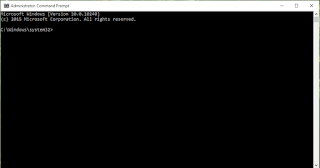ELON MUCK's ELECTRIC CARS (TELSA AUTOPILOT)
In october 2016, company began rolling out sedans with a dozen ultrasonic sensors discreetly placed around both bumpers and sides. For an additional $4,250, Tesla customers could purchase a “technology package” that used the sensors, as well as a camera, a front radar, and digitally controlled brakes, to help avoid collisions—essentially allowing the car to take over and stop before crashing. But mostly, the hardware sat there, waiting, waiting, and gathering reams of data. A year later, last October 14, the company sent a software update to the 60,000 sensor-laden cars it had sold in that time. The software update was officially named Tesla Version 7.0, but its nickname—Autopilot—was what stuck.
With its incremental approach, Tesla stands in contrast to Google and other companies that have small test fleets gathering data in hopes of someday launching fully autonomous cars. For Tesla, its customers and their partially autonomous cars are a widely distributed test fleet. The hardware required for true autonomy is already in place, so the transition can play out in software updates. Musk has said that could be technically feasible—if not legally so—within two years.
With its incremental approach, Tesla stands in contrast to Google and other companies that have small test fleets gathering data in hopes of someday launching fully autonomous cars. For Tesla, its customers and their partially autonomous cars are a widely distributed test fleet. The hardware required for true autonomy is already in place, so the transition can play out in software updates. Musk has said that could be technically feasible—if not legally so—within two years.



Comments
Post a Comment